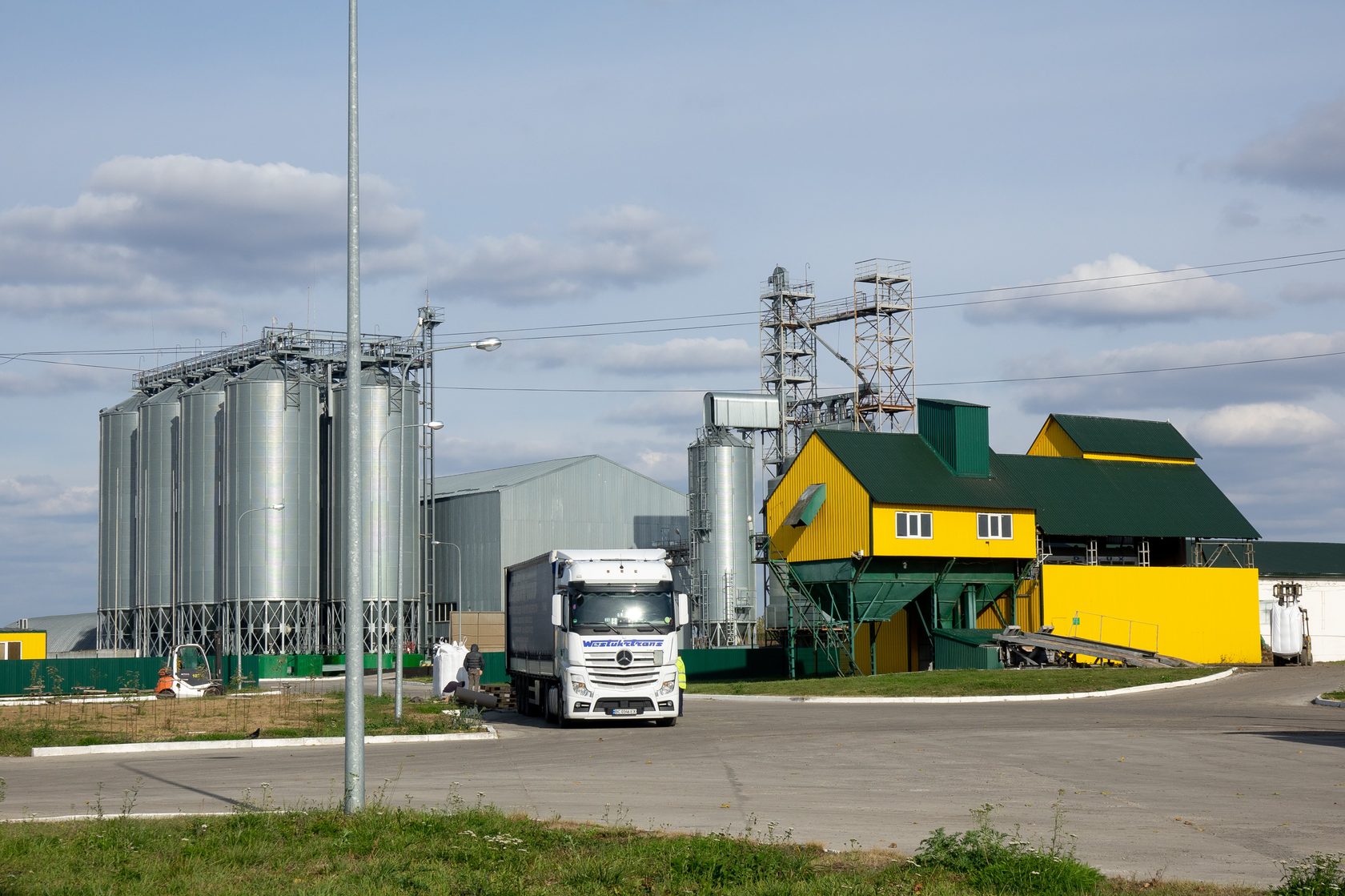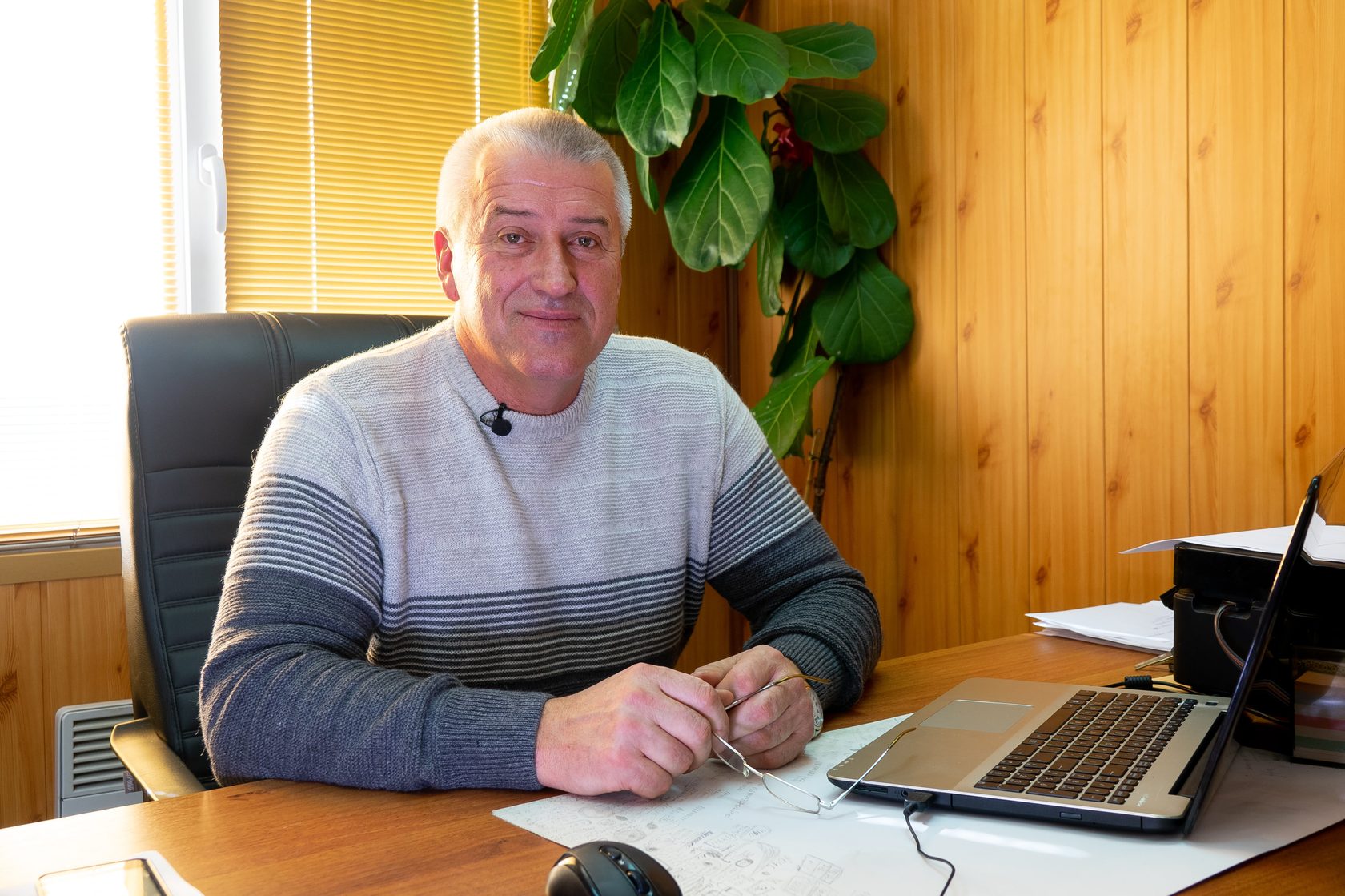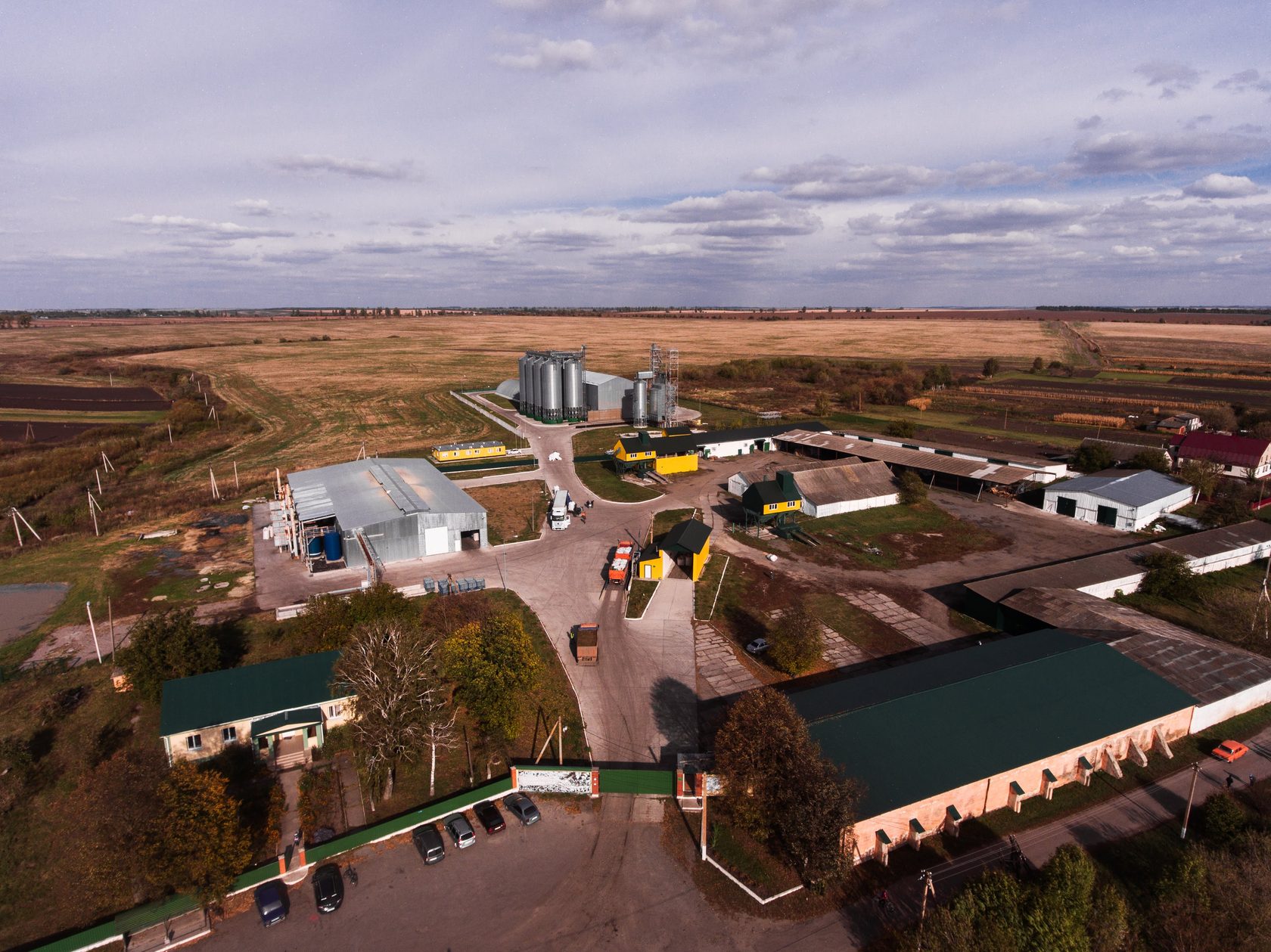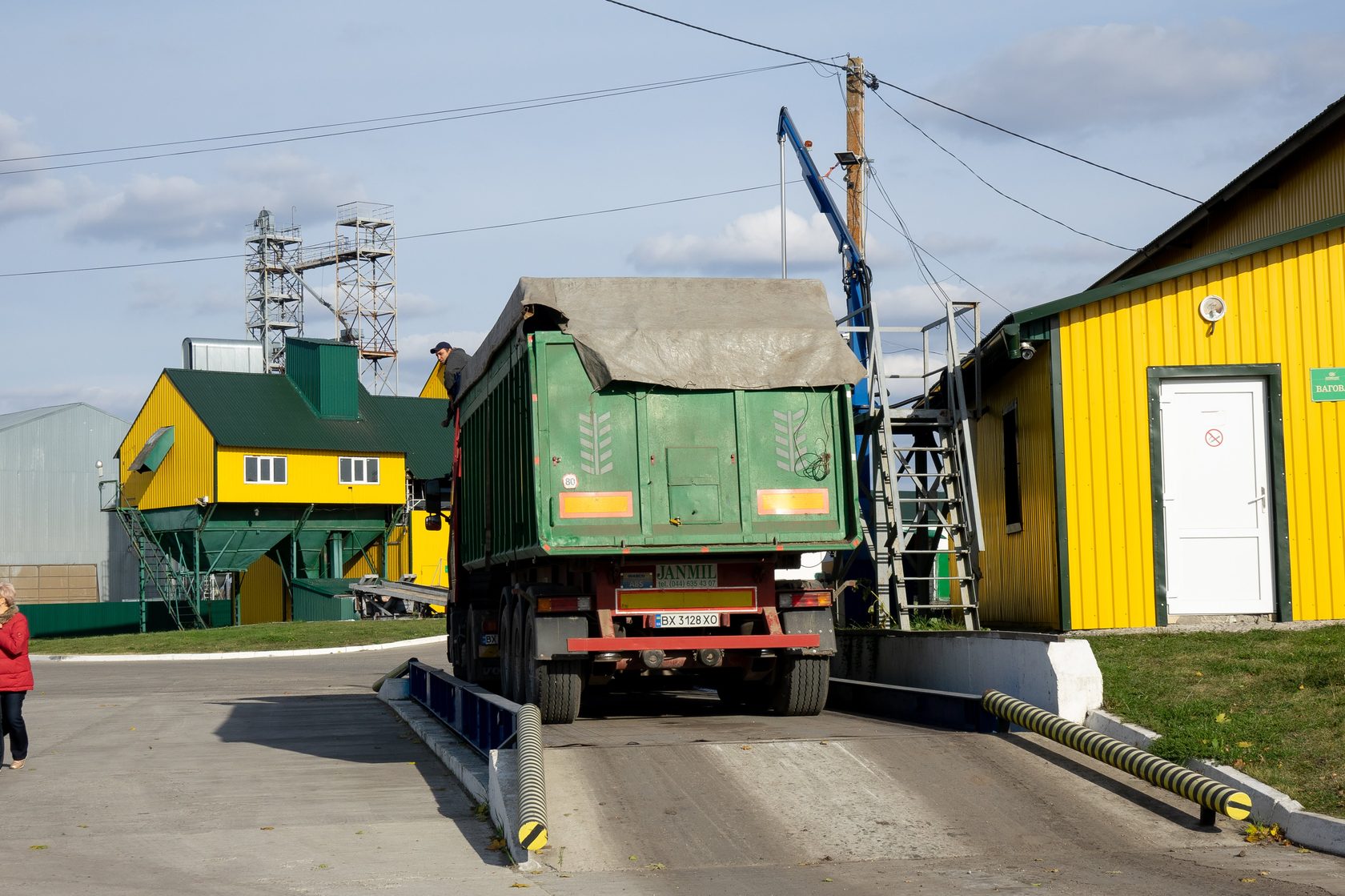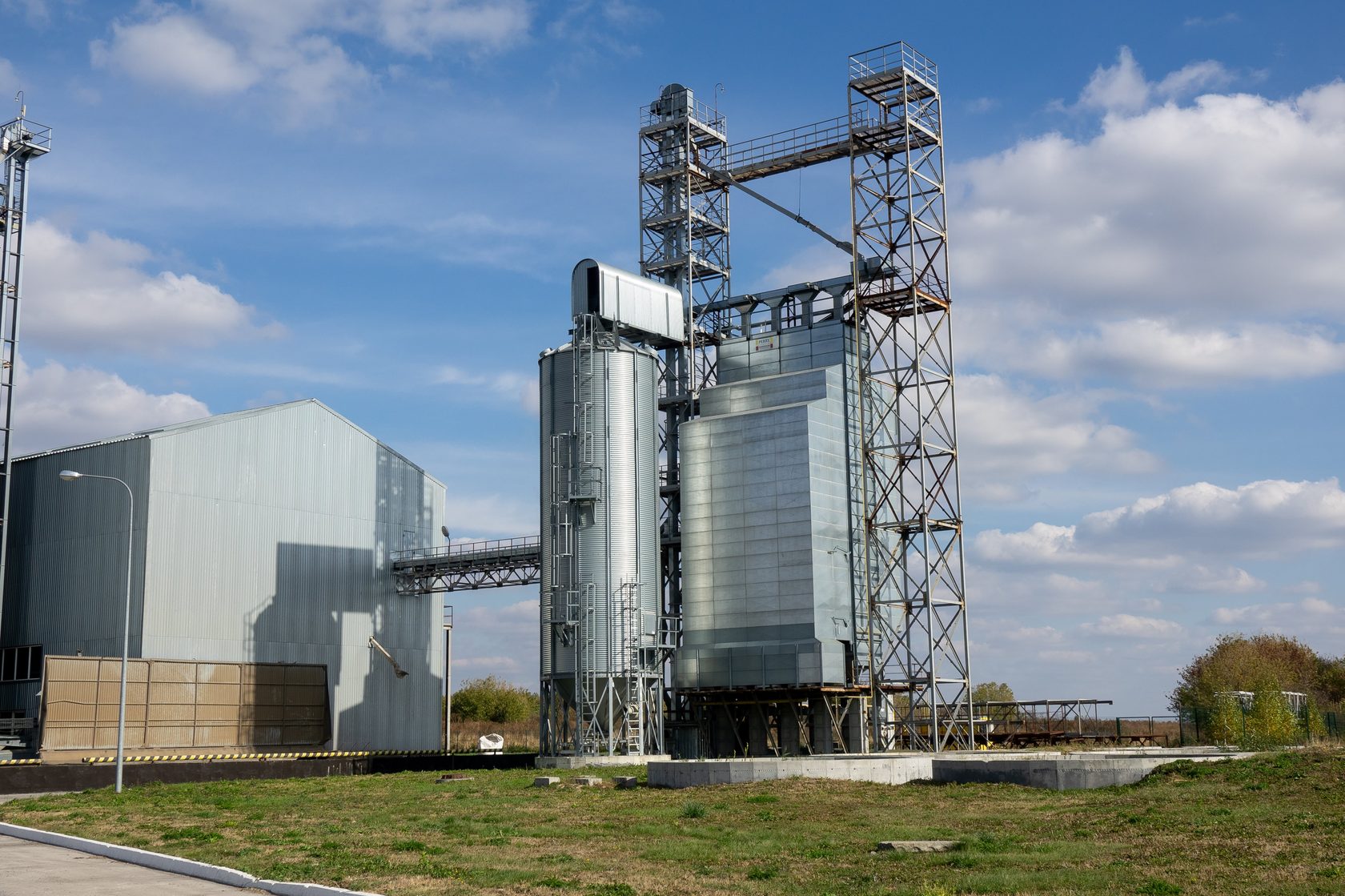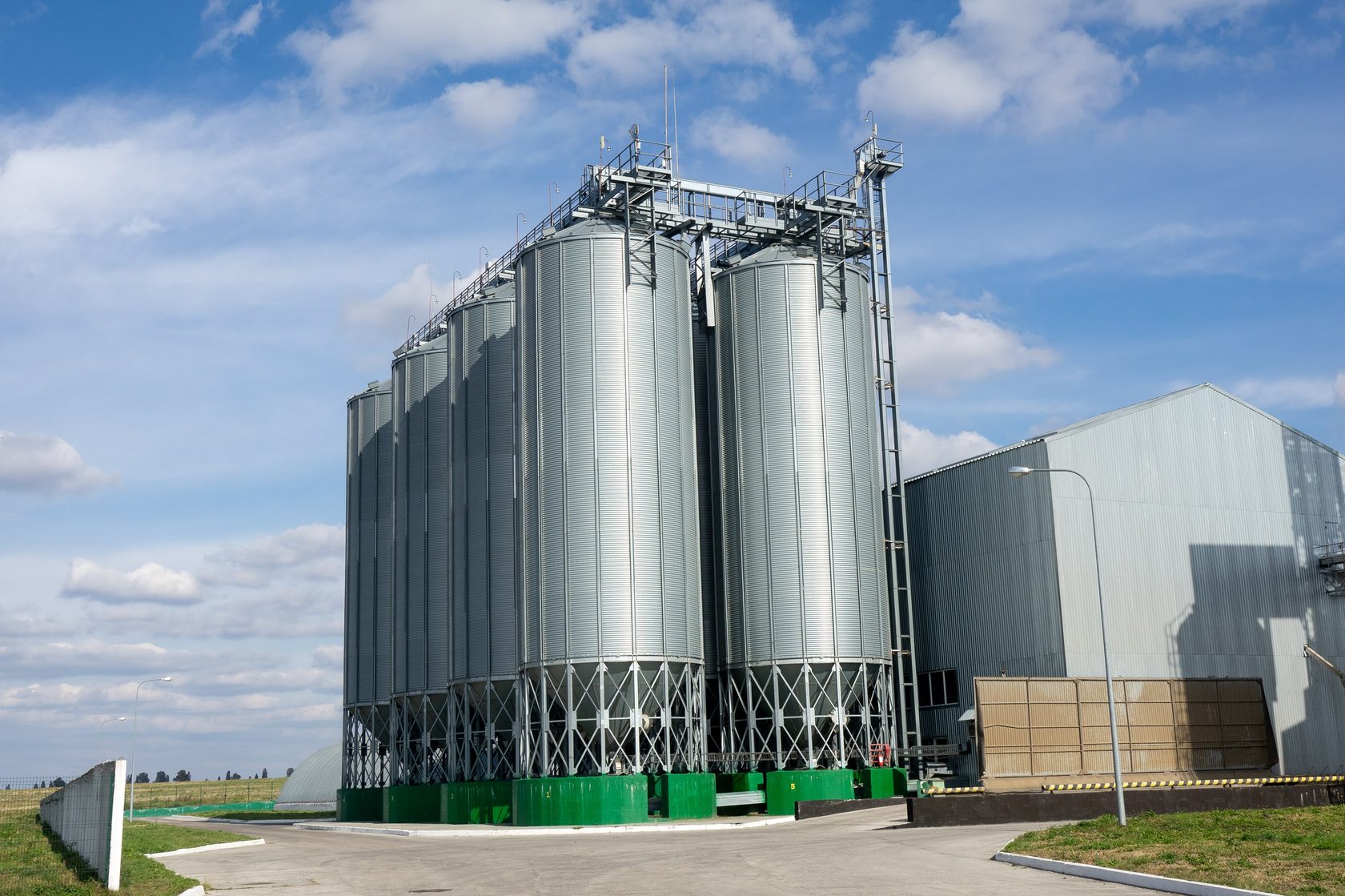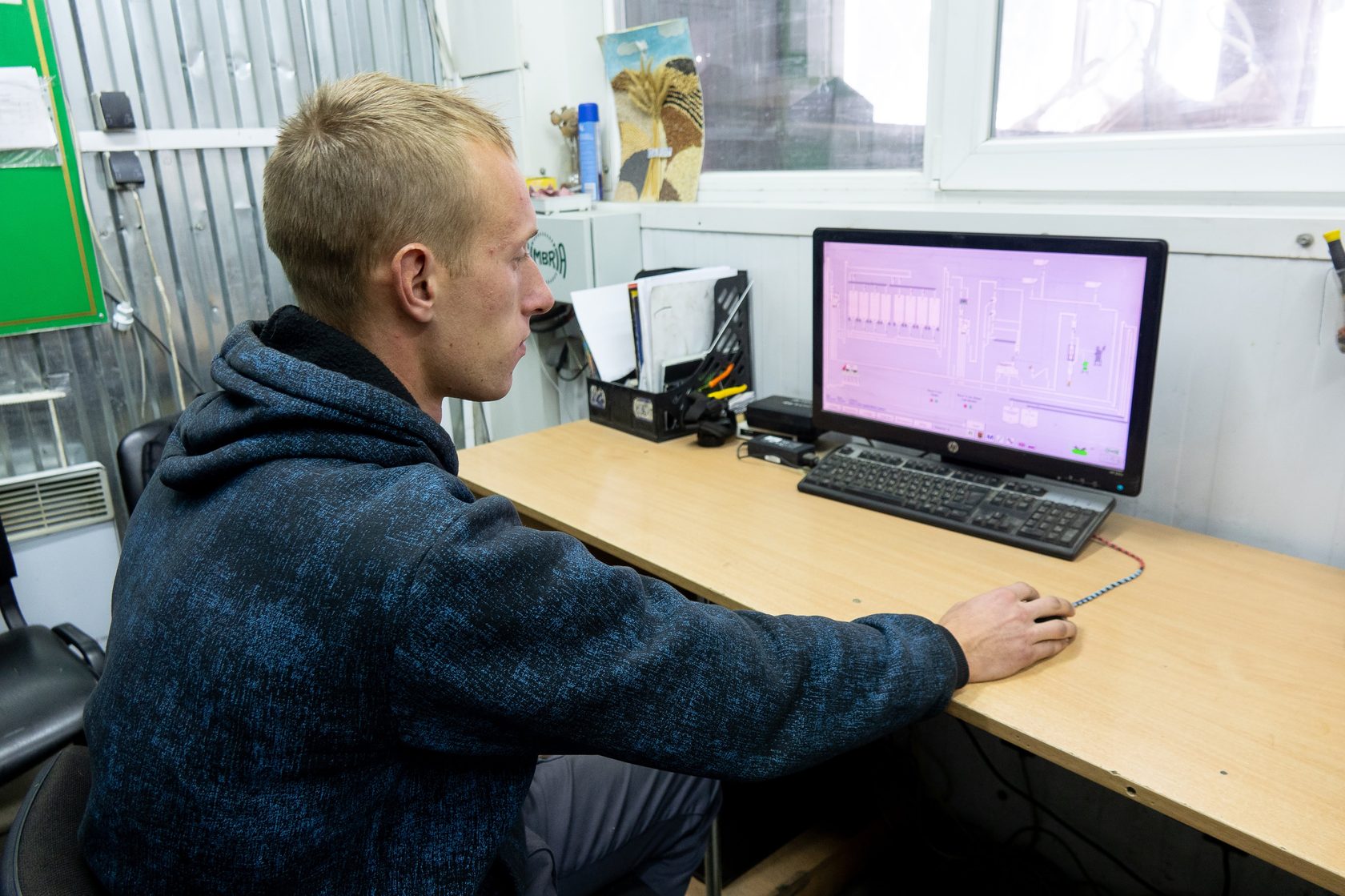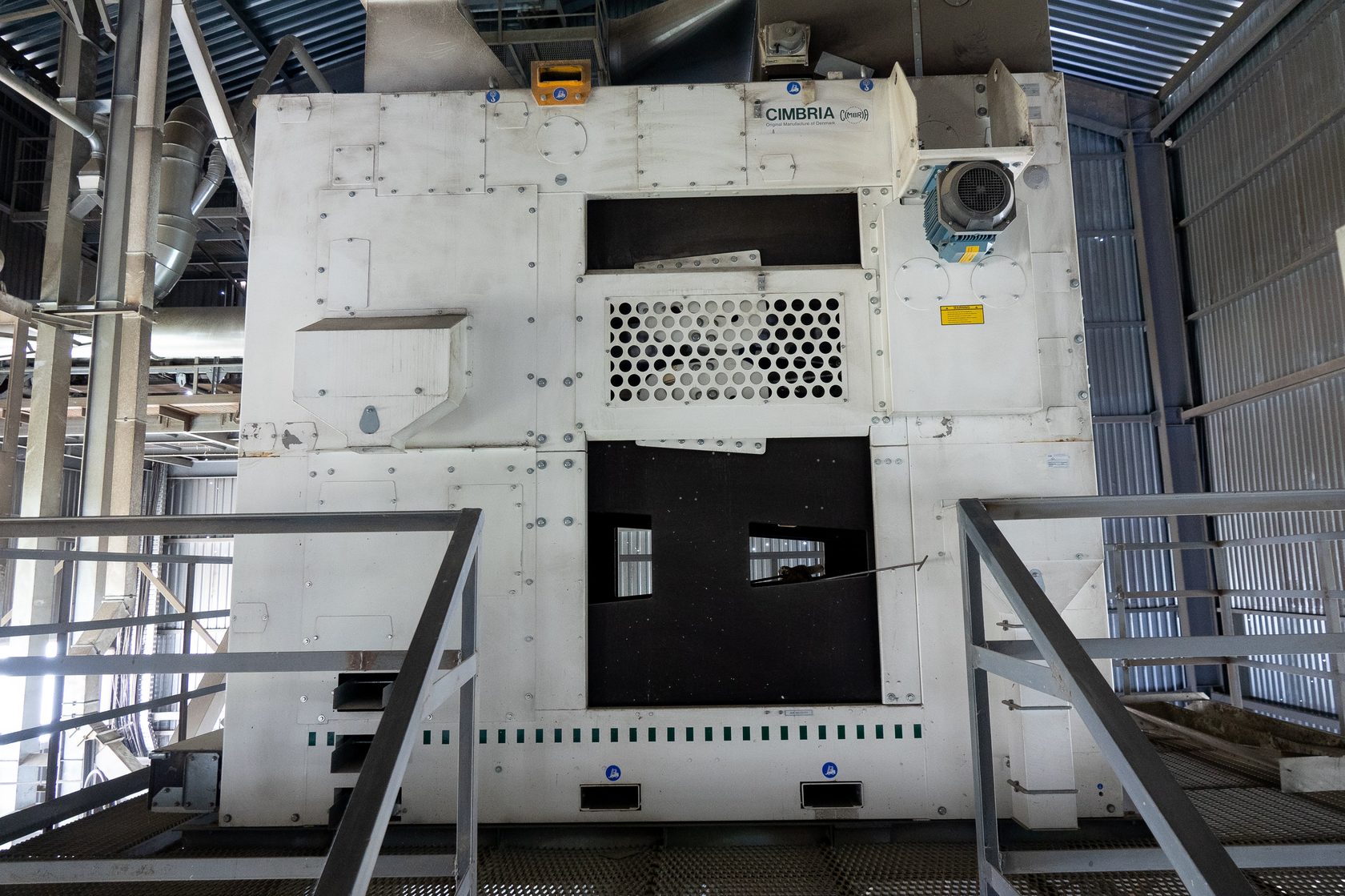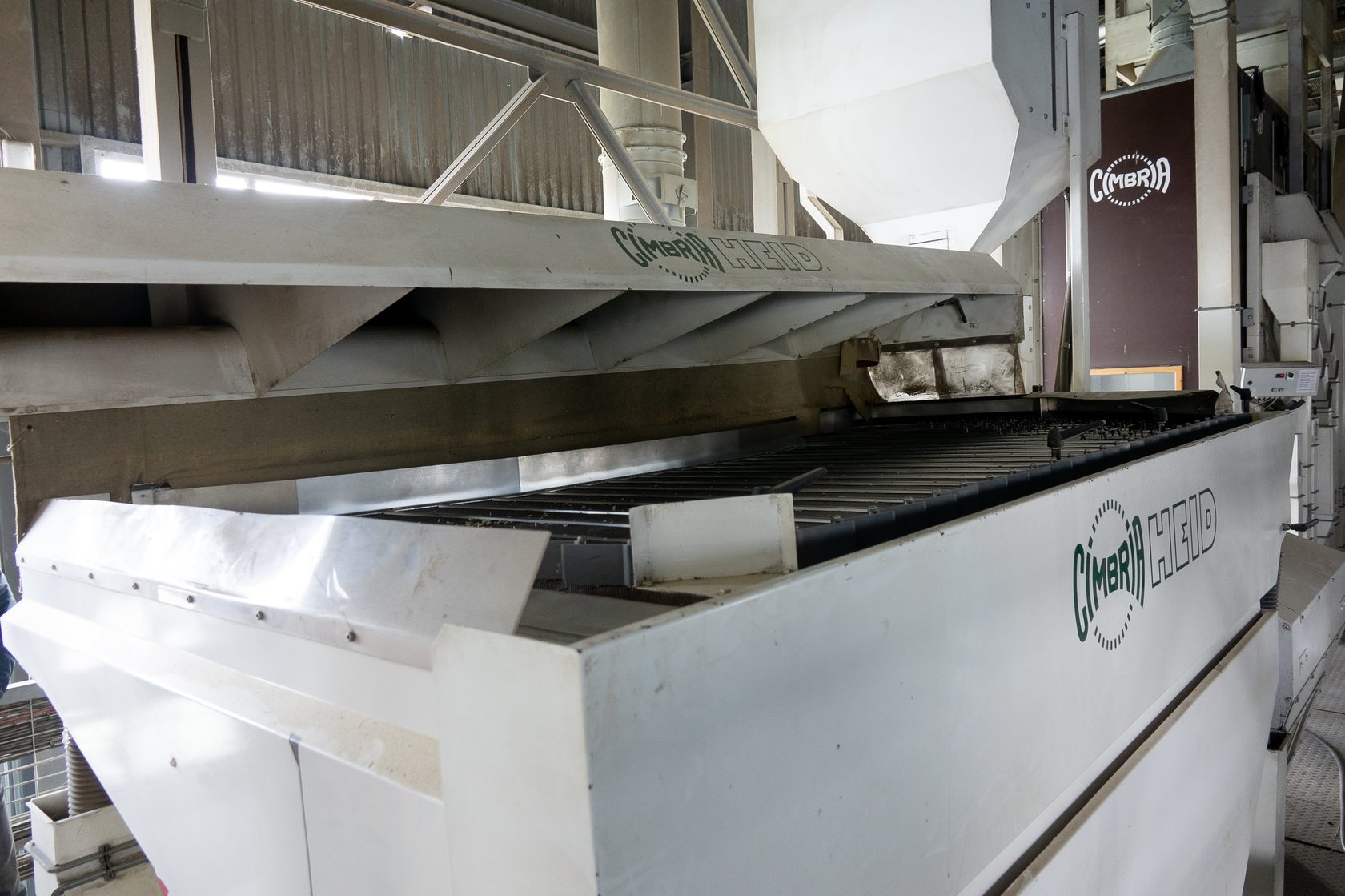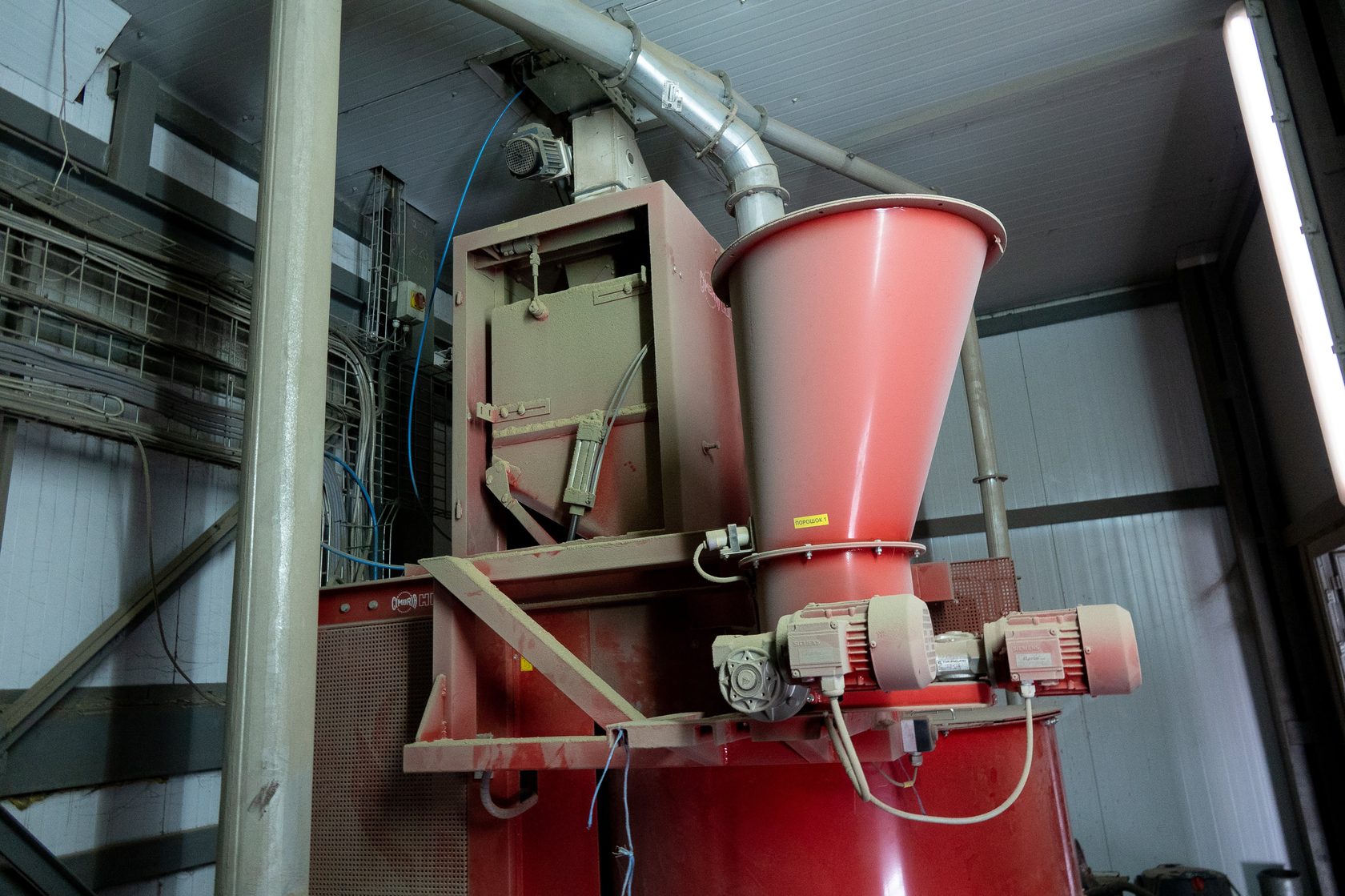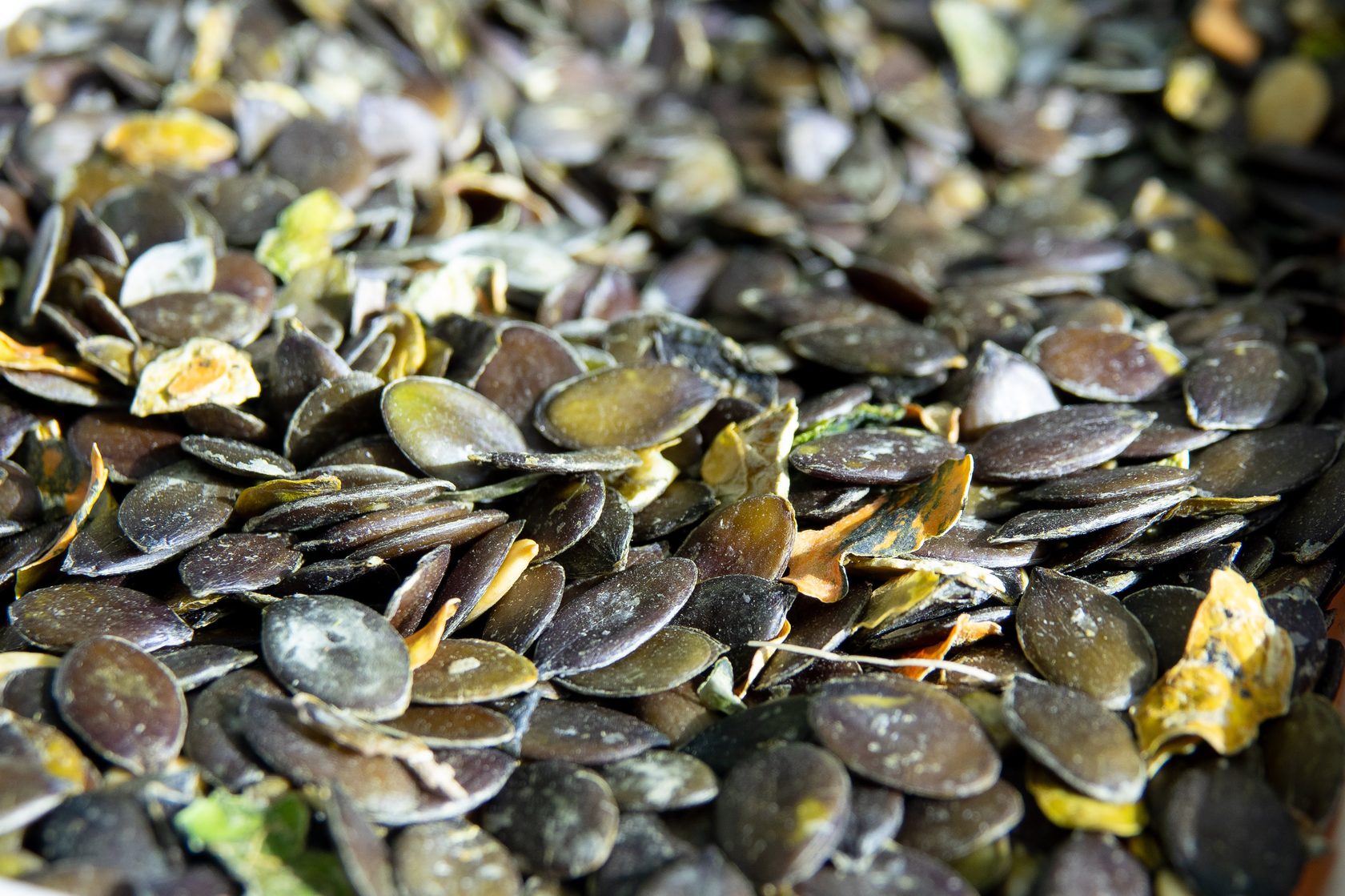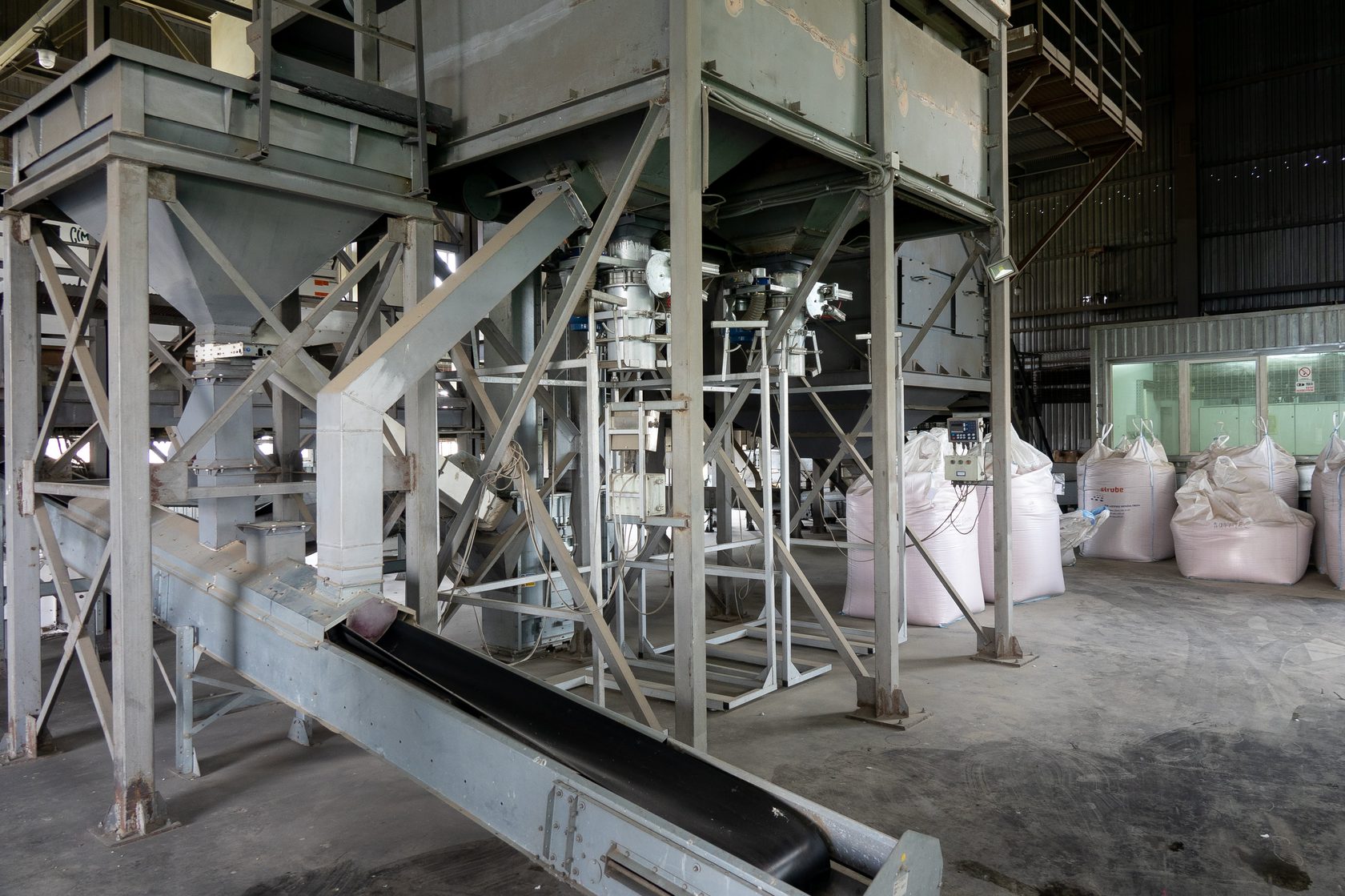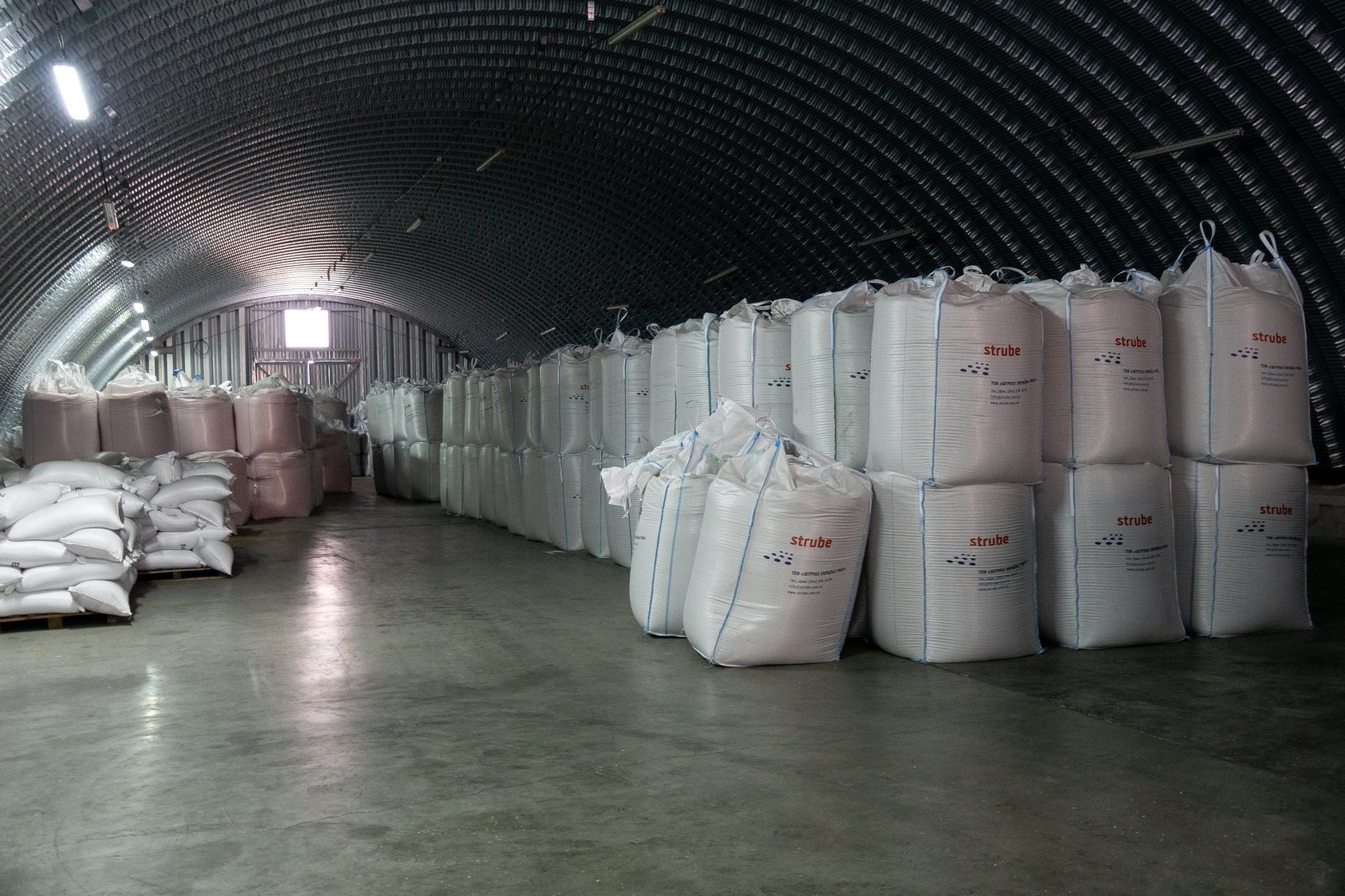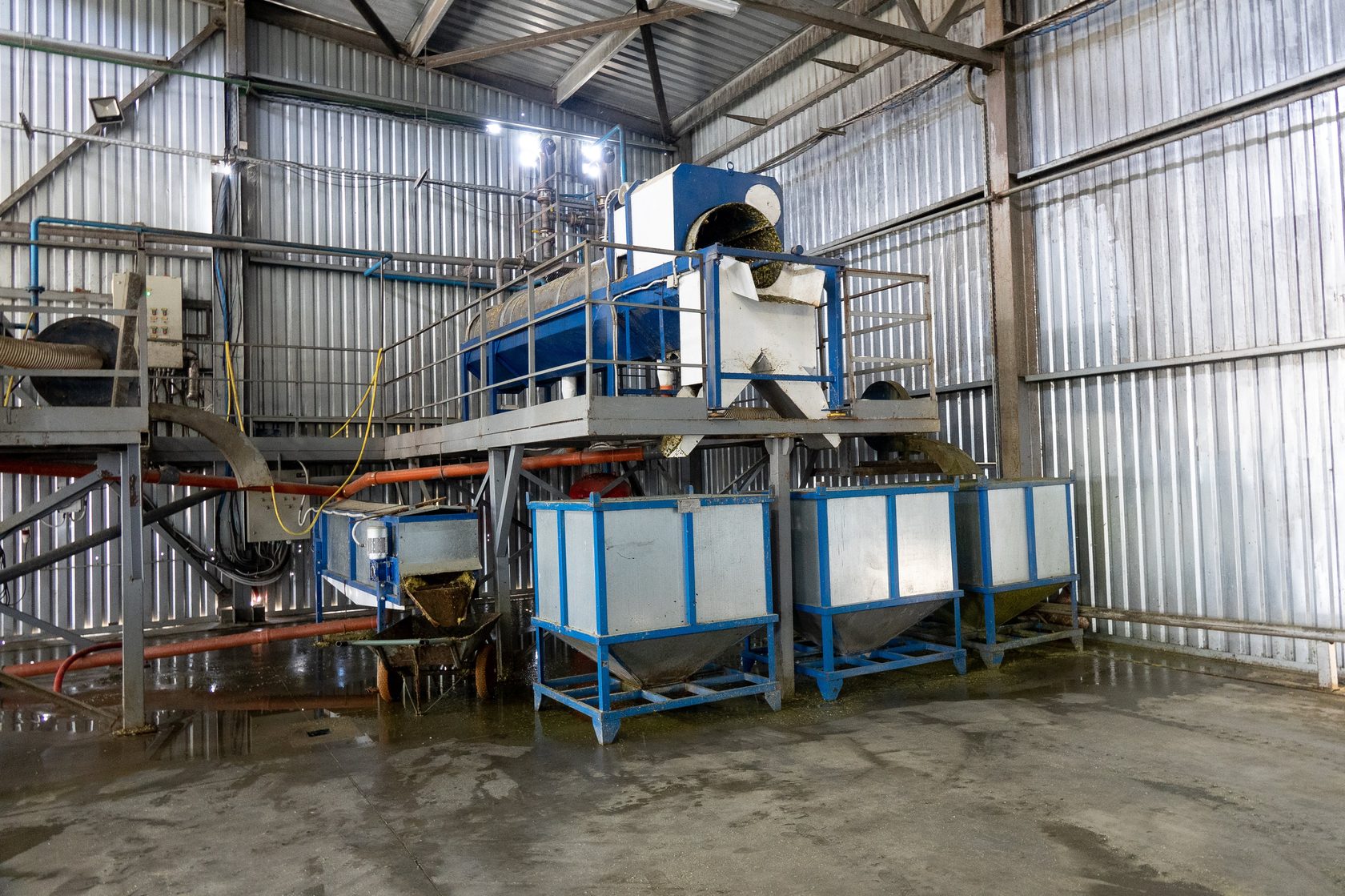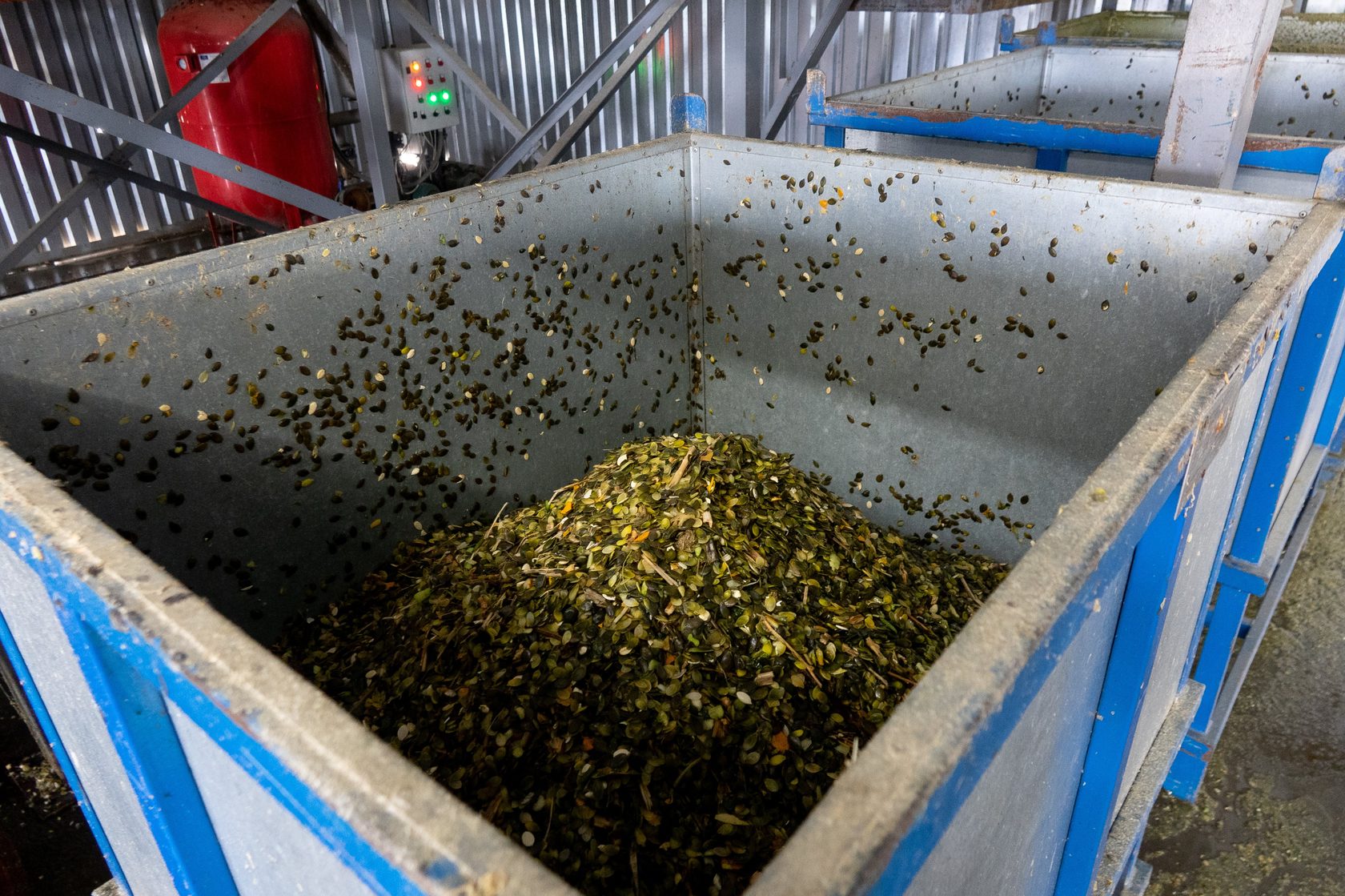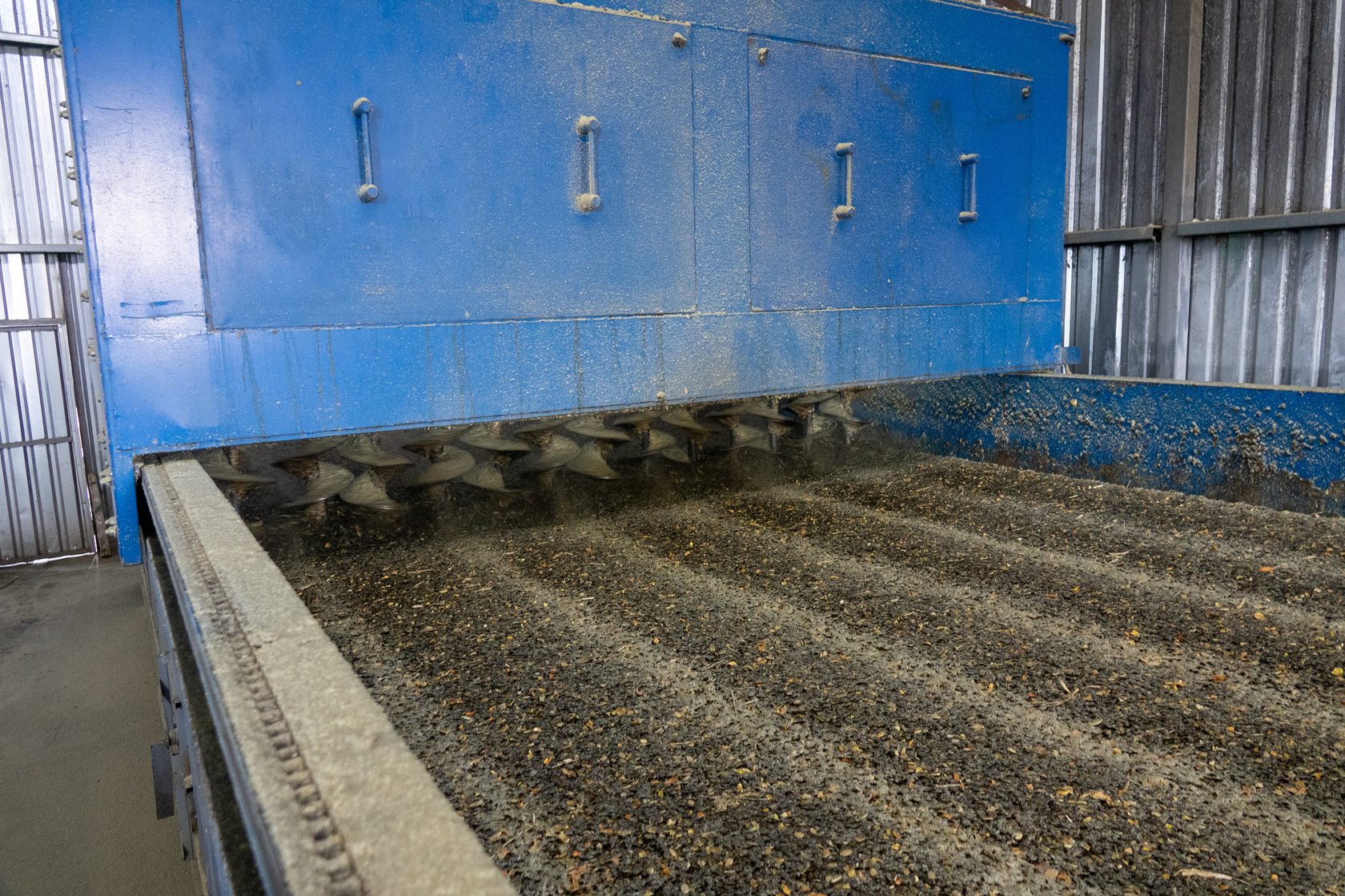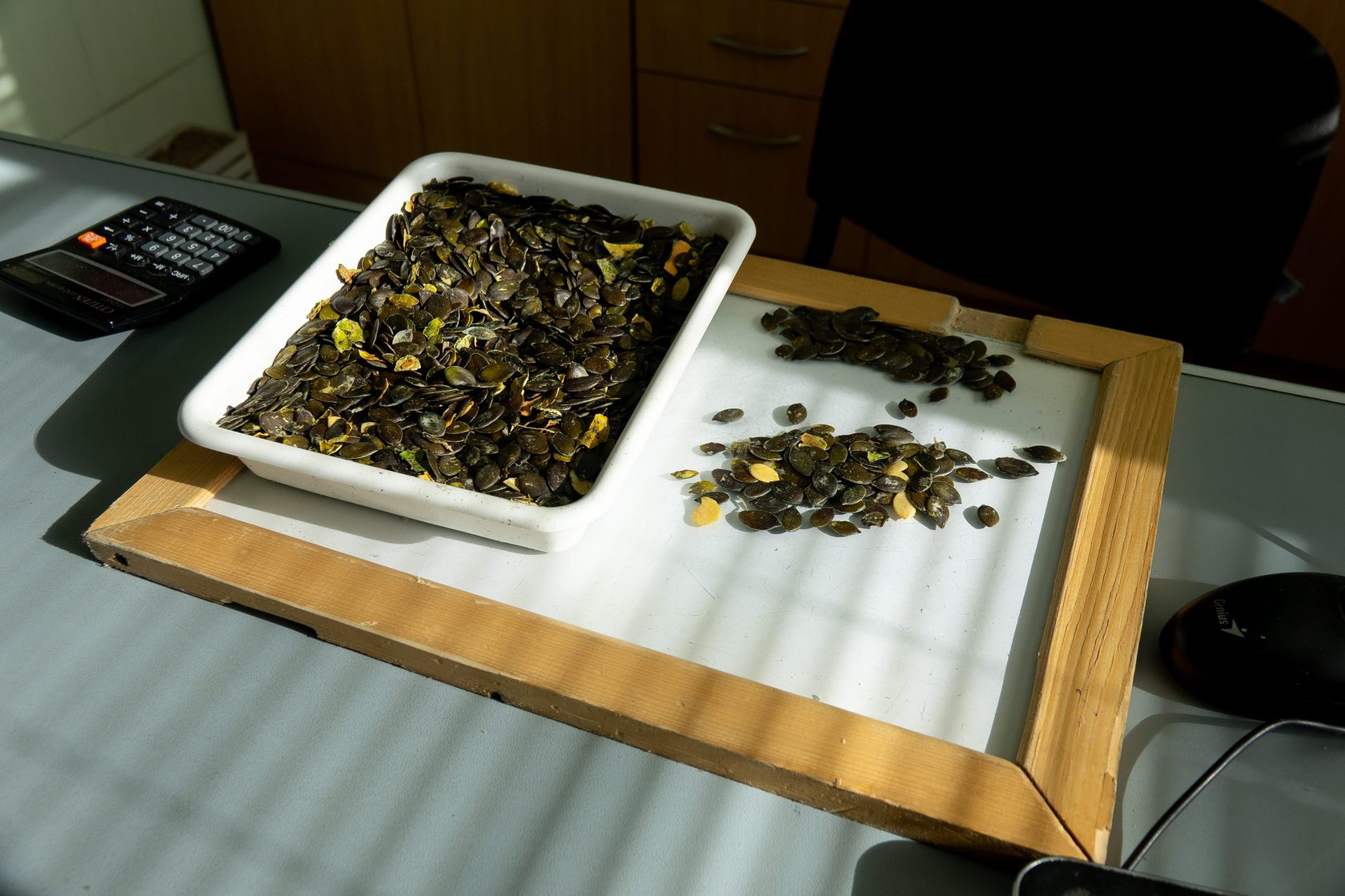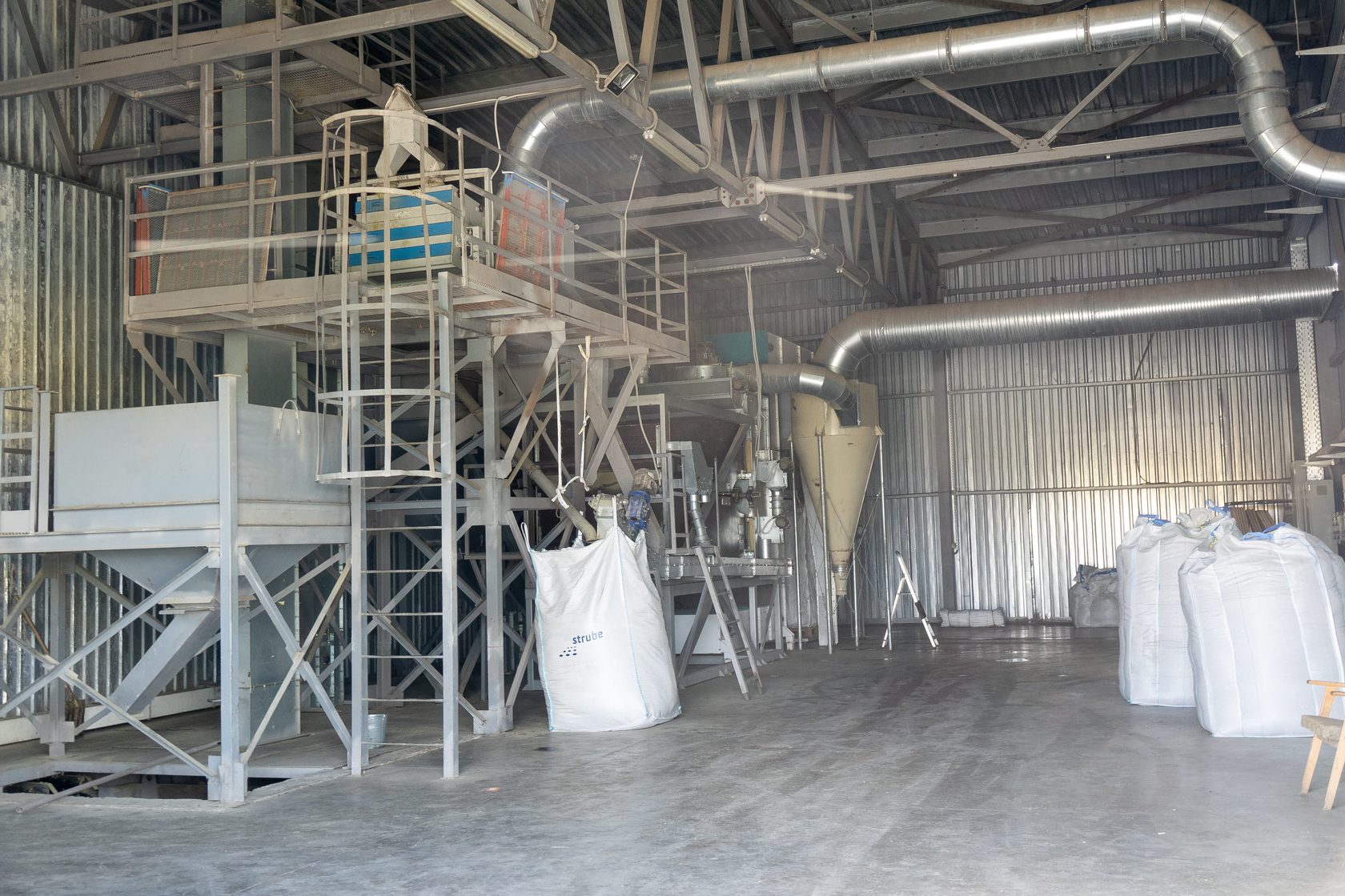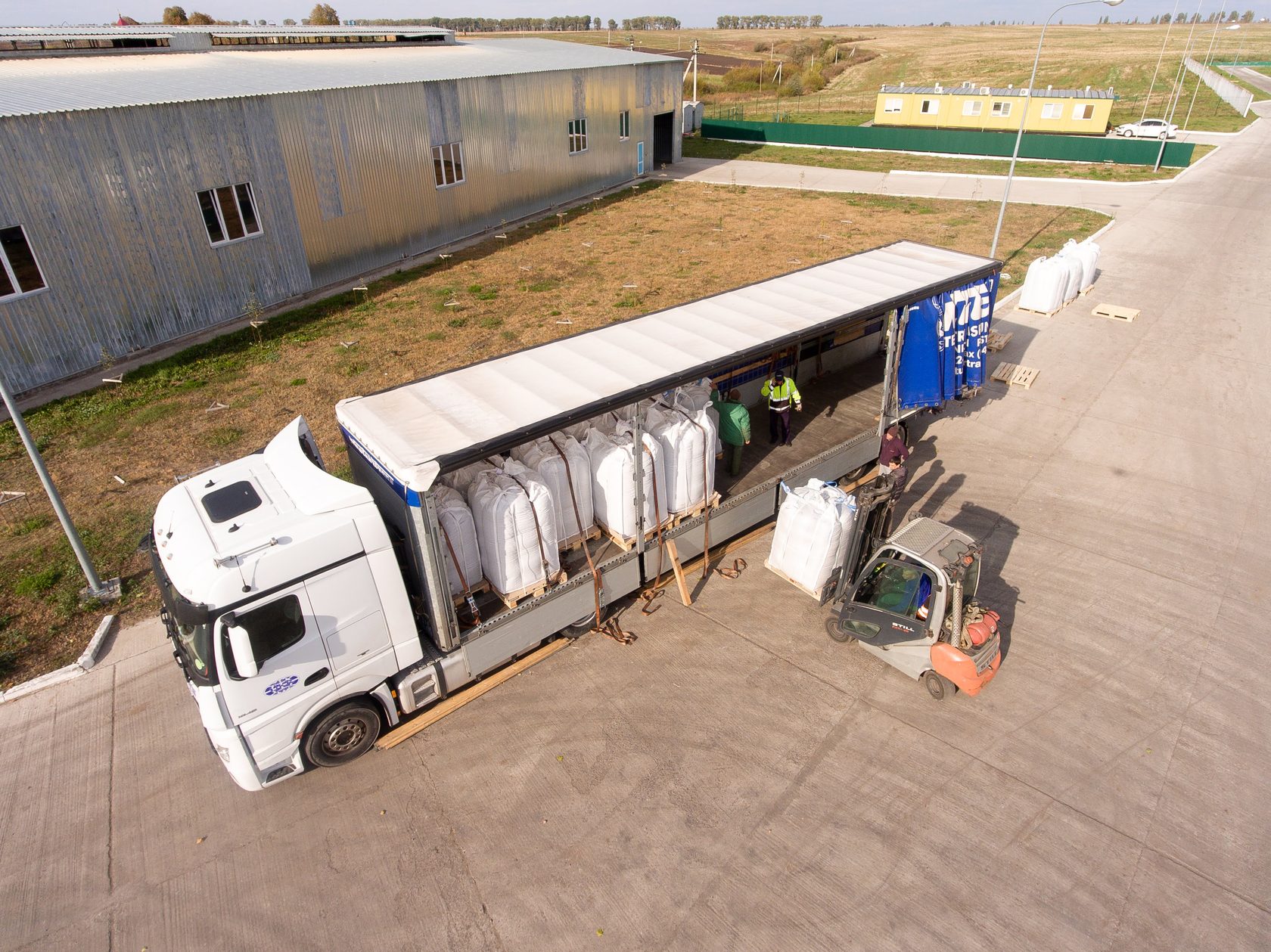From the head office of Svarog West Group in Shepetivka, we drove another 30 km to Lotivka, where the dairy complex and seed plant of the company are located. As Petro Harus told, Lotivka Elit was built literally in the field. On the territory of the current seed plant, there was a destroyed pig farm and a dump of construction waste.
It took only five months to clean up and construct the plant. And in October 2012, the company started receiving grain. A modern complex for storage, treatment and transportation of seeds is equipped with the machinery by Danish company
Cimbria. The enterprise's production capacity is 10-15 tons of seeds per hour. By working in three shifts, the plant produces 25 thou. t of seeds annually.
